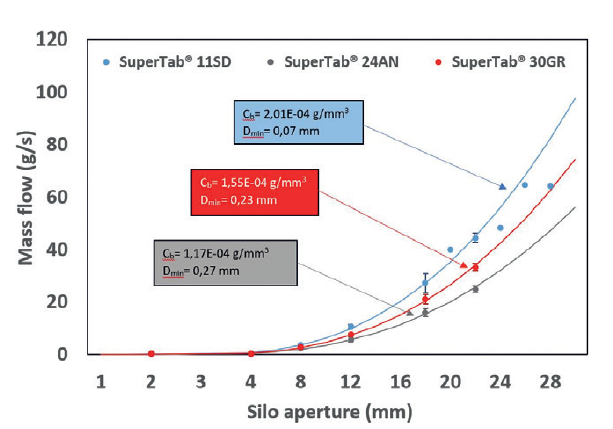

On the other hand, finely milled lactose monohydrate, which possesses enough Monohydrate crystals are compressed the increase in surface area available for bonding is insufficient toįorm hard tablets.

LACTOSE SUPERTAB 11SD FREE
Surface area increase on compaction is limited, and when relatively coarse free flowing lactose The consequence of this property is that the Particularly high propensity to fracture on compression(2). 3 Compaction of lactose Lactose compacts predominantly by brittle fragmentation, but individual crystals do not show a The production of directly compressible lactose. Mutarotation in solution and the crystallization characteristics of lactose solutions are important factors in When lactose is crystallized quickly there is little opportunity for mutarotation, and both α-lactose and βlactose are present. Saturated with β-lactose, and therefore below 93.5 Cα-lactose monohydrate crystallizes.Conversely,Ībove 93.50C a solution that is saturated with β-lactose is unsaturated with α-lactose, and onĬrystallization the anhydrous β-form predominates(1). Below 93.5 C, a solution that is saturated with α-lactose is not Lactose crystallizes from aqueous solution. Directly compressible lactose 3 The two isomers have different solubilities in water, and this property is important in determining how Place through an open ring intermediate (the middle structure in Figure 1) and the equilibrium can take aįew hours to establish at room temperature(1). The interconversion (mutarotation) of the isomers takes Which isomer is used to form the solution(1). The equilibrium value is temperatureĭependent, but between 0 C and 100 C the β-/α-lactose ratio varies from 62/38 to 58/42, irrespective of In aqueous solution, these two isomers exist in equilibrium. It exists in two isomersĭifferentiated by the orientation of the hydroxyl group at position 1 (circled) in the glucose unit (seeįigure 1). 2 Isomers of Lactose Lactose is a disaccharide consisting of a galactose and a glucose unit. These sections form the basis for a more detailed understanding of directĬompression lactose. These threeīefore a description of each of these three processes, two introductory sections are included in thisĪrticle, the first dealing with isomers of lactose and the second briefly describing the compression 1 Introduction Lactose is processed in three different ways in order to make it directly compressible. Processing technique influences the properties of the products. This introduction to directly compressible lactose described these three processes, and shows how each Roller drying gives lactose mainly in the anhydrous β-form with excellent compaction properties.

Granulation gives irregular agglomerates that flow well and compress well. Spray drying gives spherical agglomerates that exhibit excellent flow and compaction properties. Inherent compressibility of fine lactose, whilst improving the flow. Goal of the secondary processes that convert lactose into directly compressible grades is to maintain the Lactose monohydrate in a fine form can be compressed into hard tablets, but it exhibits poor flow. Unformatted text preview: Directly compressible


 0 kommentar(er)
0 kommentar(er)
